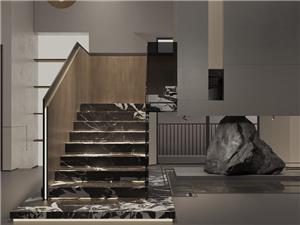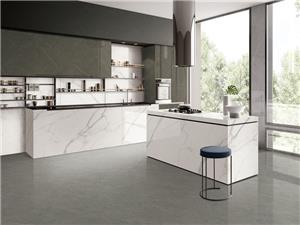How to choose the right sintered stone products?
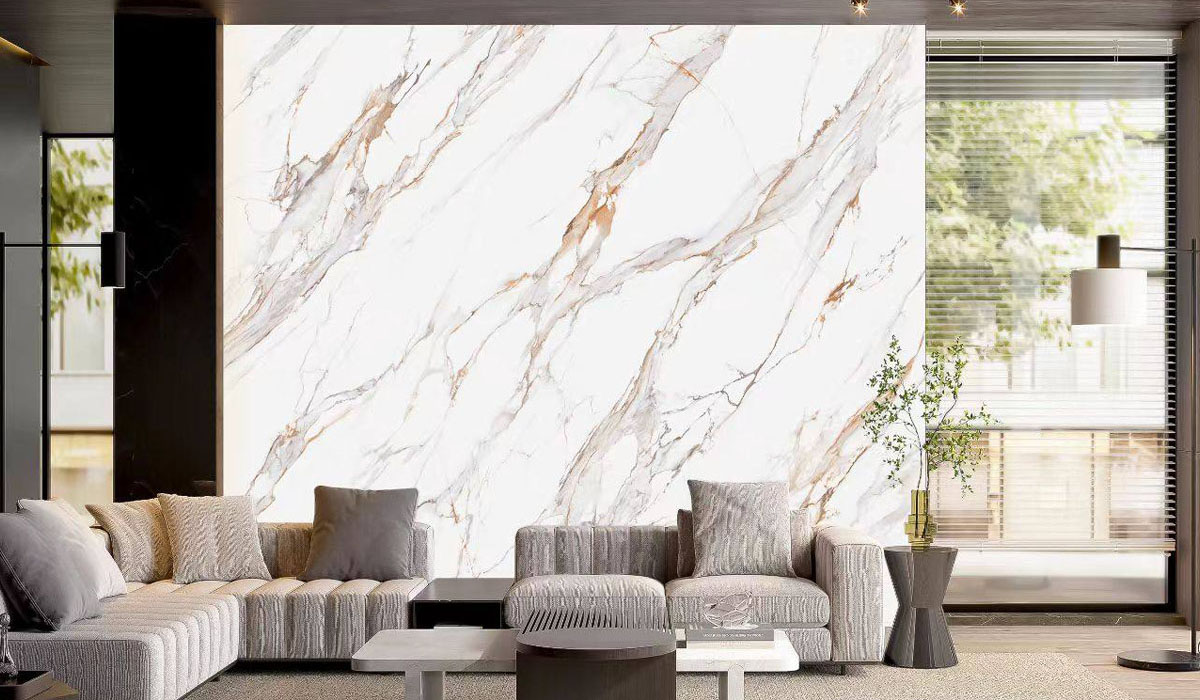
When choosing high-quality sintered stone products, a comprehensive consideration from multiple dimensions is required. Attention should be paid not only to the performance and quality of the products themselves but also to the actual usage scenarios and demands. The selection of suitable sintered stone products can be based on the following factors as references.
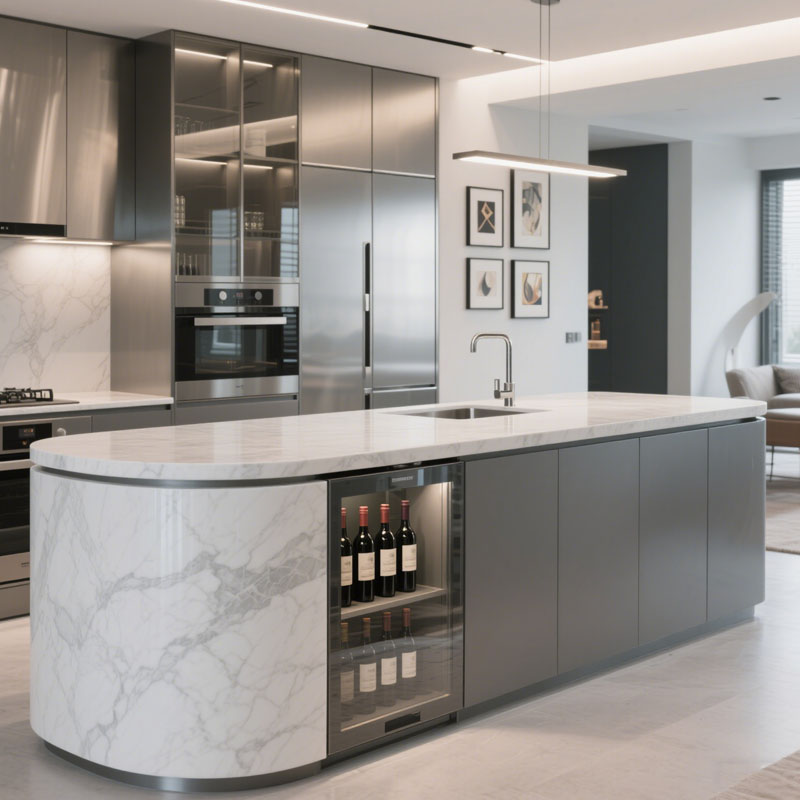
I. Durability of sintered stone
The hardness and impact resistance of sintered stone: High end sintered stone have a Mohs hardness of ≥6 (comparable to quartz stone). When the surface is gently scratched with a key or a blade, there should be no marks
Water absorption rate and anti-fouling property of sintered stone: High end sintered stone have a water absorption rate of no more than 0.02%. If water droplets drip on the surface, they should remain round and non-permeable after 10 minutes (water droplets on inferior rock plates will spread or be absorbed).
Apply a marker pen, soy sauce, etc. to the surface of the sintered stone. Let it stand for 30 minutes and then wipe it. High-quality sintered stone should be easily wiped off without leaving any marks (inferior rock plates may seep into the texture and form stains).
High end sintered stone should be heat-resistant: When the surface is burned with a lighter for 30 seconds, high end sintered stone should show no discoloration or cracking (inferior rock plates may turn yellow or have their glaze peel off).
It has corrosion resistance: Apply acidic reagents such as vinegar or toilet cleaner to the surface for one hour and then wipe it. There should be no corrosion marks on the surface (inferior sintered stone may show a decrease in luster).
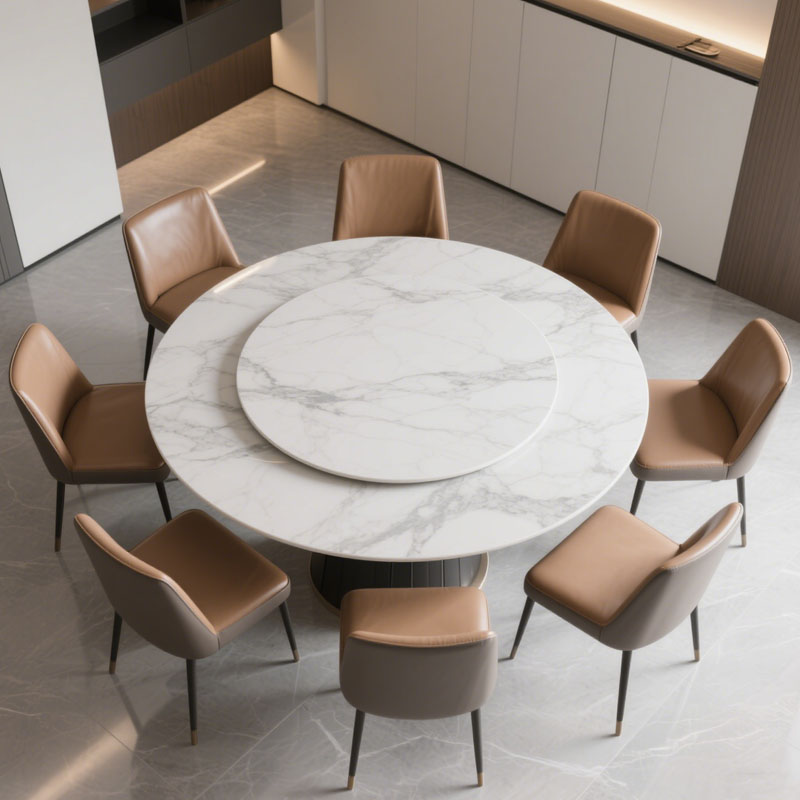
II. Appearance and Craftsmanship:
Texture and color: The texture of high end sintered stone should be natural and fine. For imitation stone models, the grain direction and layering of natural stone should be restored. The grain should be as smooth as that of natural stone, without any repetitive or stiff feeling.
The color of the sintered stone in the same batch should be consistent, with no obvious color difference. The front has a moderate glossiness, avoiding being too bright or too dark to give a cheap visual impression.
Green body and thickness: The consistency of the green body: When cutting the edge of the rock plate, the color and surface texture of the green body of high-quality products should be consistent, while inferior rock plates may show phenomena such as gray color and delamination of the green body.
Thickness selection: For walls, 3-6mm is commonly used (light, thin and space-saving); for floors and countertops, 9-12mm is recommended (good load-bearing capacity); for outdoor boards, ≥15mm is needed (resistant to weathering).
Dimensions and flatness: Specification accuracy: Measure the diagonal error of the rock plate. For high-quality products, the error should be ≤1mm (for example, for the 1200×2400mm specification, the diagonal difference should be < 2mm), and there should be no chipped corners or burrs at the edges.
Flatness inspection: Place the rock plate flat on a level ground and press it tightly against the surface with a ruler. The gap should be ≤0.5mm (inferior rock plates may warp, affecting the splicing effect).


